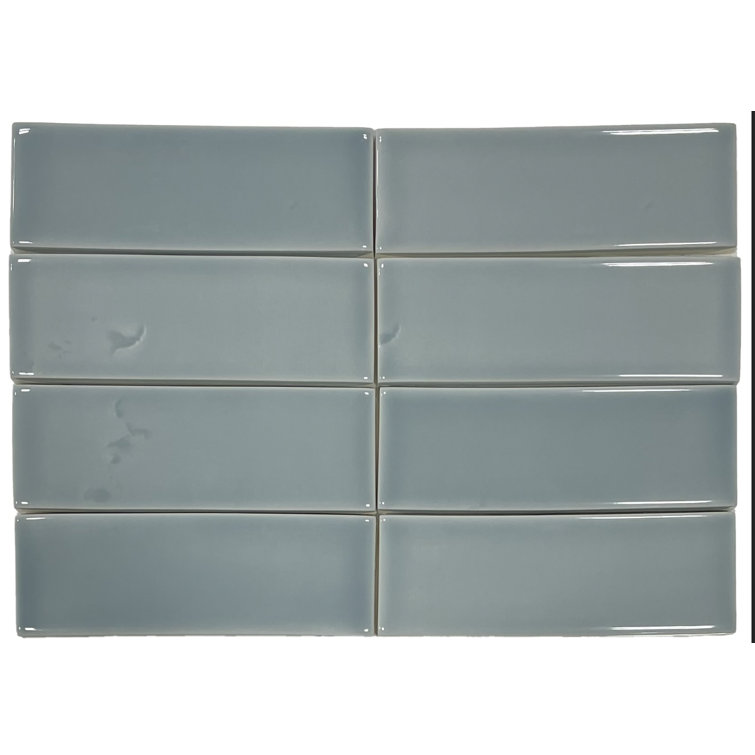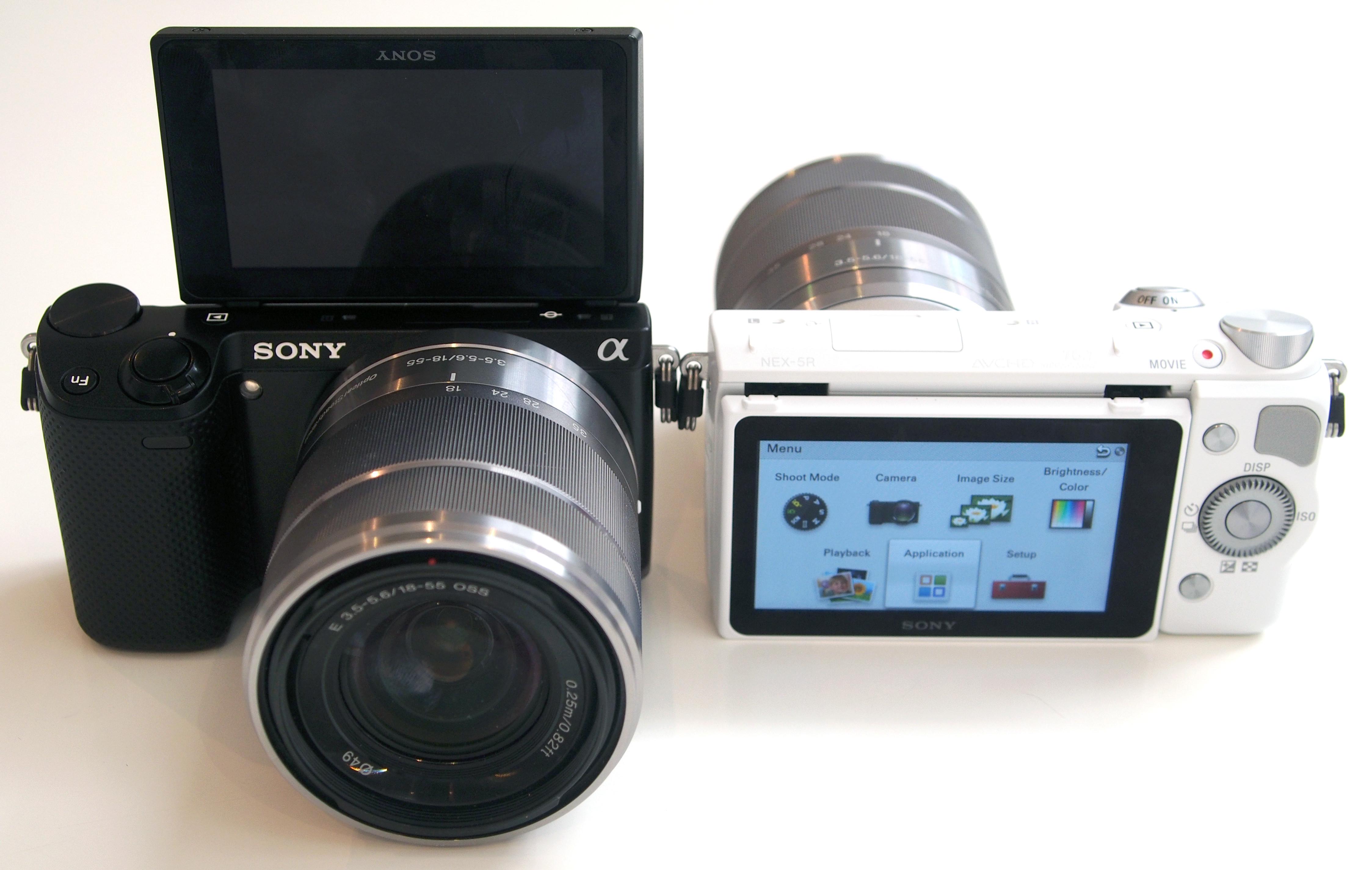How The Conclave Works: Electing The Next Pope

Table of Contents
The Prerequisites for a Papal Conclave
The process of electing the next Pope begins with a specific trigger: the death or resignation of the reigning pontiff. The Conclave itself is a highly structured event, its mechanics designed to ensure a fair and considered choice for the next leader of the Catholic Church.
The Death or Resignation of the Pope
The death or resignation of the Pope officially initiates the process leading to the Conclave. Upon the death of a Pope, the Cardinal Camerlengo (Chamberlain) assumes responsibility for the governance of the Church until a successor is elected. Similarly, a Pope's resignation, a relatively modern development, formally triggers the same procedure. The announcement of the vacancy on the Papal Throne sets in motion a series of meticulously planned events.
The Role of the College of Cardinals
The College of Cardinals, a body of high-ranking clergymen appointed by the Pope, is central to the election process. Only Cardinals under the age of 80 are eligible to participate in the Conclave, forming the body of "Cardinal electors."
- Cardinal electors: These Cardinals have the right to vote for the next Pope.
- Cardinal non-electors: Cardinals over 80 years old are not eligible to vote but participate in the General Congregations leading up to the Conclave.
- Age Limit: The 80-year-old age limit ensures that the electors are generally in good health and active in Church governance.
Preparing for the Conclave
The period leading up to the Conclave involves significant logistical preparation. This includes:
- Securing the Sistine Chapel: The Sistine Chapel, the venue for the Conclave, undergoes a thorough security check and is sealed to ensure secrecy and prevent outside interference.
- Accommodation and Logistics: Arrangements are made for the Cardinals’ accommodation, meals, and other essential needs within the Vatican walls during their seclusion.
- Security Measures: Robust security measures are put in place to ensure the safety and security of the Cardinals and the integrity of the election process.
The Conclave Process: Step-by-Step
The Conclave itself is a multi-stage process, proceeding according to established protocols and traditions.
The General Congregations
Before the Conclave begins, the Cardinal electors gather for a series of General Congregations. These meetings serve several crucial purposes:
- Discussion of Church Matters: They provide a forum for cardinals to discuss important issues facing the Church.
- Election of Officials: The three Conclavists (responsible for overseeing the practical aspects of the Conclave) and the Scrutators (who count the votes) are elected during these meetings.
The Seclusion (Conclave)
Once the General Congregations conclude, the Conclave itself commences. The participating cardinals are secluded within the Vatican, under strict regulations designed to maintain secrecy:
- Secrecy: Communication with the outside world is strictly limited, ensuring the integrity of the voting process and minimizing outside influence.
- Daily Routines: The cardinals follow a regulated daily schedule, including Mass, prayer, and of course, voting sessions.
- Limited Communication: Contact with the outside world is minimized.
The Voting Process
The voting process is a crucial part of the Conclave. Each ballot is carefully scrutinized and counted by the Scrutators:
- Secret Ballot: Each Cardinal casts a secret ballot, ensuring the anonymity and independence of their choice.
- Two-Thirds Majority: A two-thirds majority is required for the election of a new Pope.
- Smoke Signals: White smoke signifies the election of a new Pope; black smoke indicates that no candidate has achieved the necessary majority.
The Election of the Pope
Once a candidate receives the required two-thirds majority, the election is declared. The newly elected Pope is then informed of his election, and the announcement is made to the world.
Life After the Conclave: The Inauguration and Beyond
Following the election, a series of important events mark the beginning of the new pontificate.
The Papal Inauguration
The inauguration of the new Pope is a significant event, filled with tradition and symbolism.
- Papal Mass: A Papal Mass is celebrated, marking the formal beginning of the new Pope's reign.
- Papal Name: The newly elected Pope traditionally chooses a new papal name, symbolizing a break from the past and the beginning of a new era.
The New Pope's Role
The newly elected Pope assumes the enormous responsibility of leading the Catholic Church worldwide. This includes:
- Spiritual Leadership: Providing spiritual guidance and leadership to billions of Catholics.
- Governance: Governing the Catholic Church, making important decisions related to doctrine and administration.
Conclusion: Understanding the Conclave and the Election of the Next Pope
The Conclave, a complex and historically significant process, is the cornerstone of electing the next Pope. From the prerequisites and preparation to the voting process and the inauguration, each stage is imbued with tradition and carefully designed to ensure the selection of a worthy leader for the Catholic Church. Understanding the Conclave is crucial to appreciating the continuity and evolution of the Catholic Church's leadership. For a deeper dive into the fascinating world of papal elections and the intricacies of the Conclave, explore further resources online. Understanding the Conclave is crucial to appreciating the continuity and evolution of the Catholic Church. Search for terms like "Papal Conclave," "election of the Pope," "Catholic Church leadership," and "Sistine Chapel" to expand your knowledge of this fascinating process.

Featured Posts
-
 The Karate Kid A Legacy Of Martial Arts And Life Lessons
May 07, 2025
The Karate Kid A Legacy Of Martial Arts And Life Lessons
May 07, 2025 -
 Brak Odpowiedzialnosci Za Smierc Piecioosobowej Rodziny Na Przejezdzie Kolejowym
May 07, 2025
Brak Odpowiedzialnosci Za Smierc Piecioosobowej Rodziny Na Przejezdzie Kolejowym
May 07, 2025 -
 Cavs Launch New Ticket Donation Platform
May 07, 2025
Cavs Launch New Ticket Donation Platform
May 07, 2025 -
 The Glossy Mirage A Deeper Look At Its Effects
May 07, 2025
The Glossy Mirage A Deeper Look At Its Effects
May 07, 2025 -
 New Ps 5 Pro Key Features And Improvements Announced By Sony
May 07, 2025
New Ps 5 Pro Key Features And Improvements Announced By Sony
May 07, 2025
